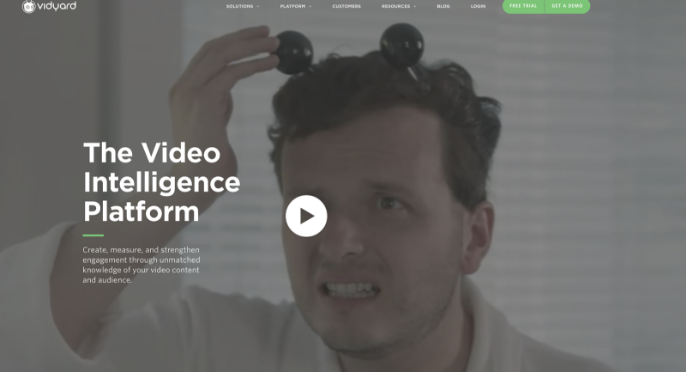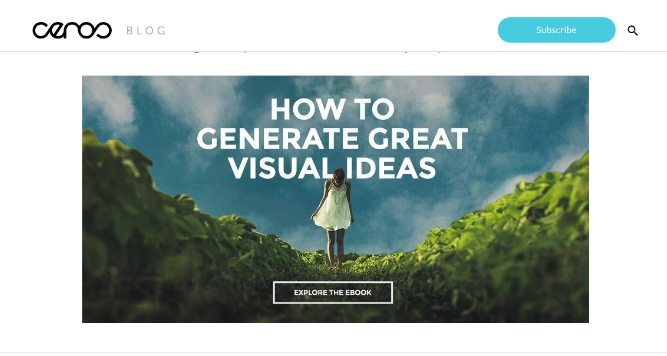90% of people researching to make a B2B purchasing decision use an online search to do so, setting your website squarely on the front-lines when it comes to lead generation. Oftentimes, a few simple adjustments can make a significant difference in turning site traffic into leads, and if you’re aiming to increase your lead generation efforts, your website is a good place to begin.
Start with these three simple tips to better leverage your content and layout, and then watch the replay of Optimising Your Website for Lead Generation webinar with Bill Reed, Senior Digital & Interactive Strategist, Salesforce Pardot and Rachel Peters, UX Lead, at Launch Interactive for more tips and tricks.
1. Take an ‘external’ view of your website
Having a website that is both easy-to-navigate and presents information clearly is a very simple but critical step in increasing leads and customer engagement. If your internal teams have too great a familiarity with both the layout of the site and its content to truly be able to test these elements, it might be worth having an external customer, client, or peer group navigate to important pages such as product information and pricing.
Ensuring that this information is easy to find but not intrusive is the next step. Pop-up advertising, banners and other forms of outbound advertising should be largely reserved for special-offers, new product announcements, and exclusive content that will lessen the hard-sell factor for prospects at the top of the sales funnel. Setting a goal for your website and mapping out how you’d like prospects’ behaviour to ‘flow’ through the site will help you identify how to lead prospects into the sales funnel with educational and thought leadership content.
2. Create high-quality content
Quality content provides value or actionable information to clients and prospects. In exchange for filling out the forms that gate your content, you can drive greater engagement from leads by providing high-quality assets. Two types in particular are especially accessible and likely to drive a greater volume of leads:
Thought leadership
Thought leadership content provides a broadly applicable, industry-wide view that can position your brand as an expert in the field. Because it’s high-level, it can be shared across a variety of roles and functions and can expand the reach of your brand throughout your industry. This type of content lends itself well to infographics, statistical compilations, e-books and blogs.
Video content
Video is one of the most accessible and shareable forms of content a B2B marketer - or any marketer for that matter - can produce. Whether gated or not, adding video content to your website can help you create visually dynamic pages that attract prospects and hold their attention longer than text-only pages. The average person spends 88% more time on a site with a video. This introductory video by Vidyard demonstrates how a video can change the look and feel of a page significantly, and perfectly highlights the company’s creativity and as a video media company.

3. Use simple, strong calls-to-action
Your call to action is another simple, yet critical feature for driving leads. Where you place them, how many you use, and what they actually say should be carefully thought out to ensure that they get in front of as many leads as possible, without disrupting their experience on your website. This example from Ceros’ Blog highlights how the use of simple, clear calls-to-action can be plentiful without being distracting.

To learn more about how to improve your lead-generation efforts through your website, watch the replay of this webinar with Bill Reed, Senior Digital & Interactive Strategist at Salesforce Pardot and Rachel Peters, UX Lead, at Launch Interactive as they share their insights on how to build a website that will resonate with your clients and prospects, the ins and outs of lead generation when it comes to your website, and how to build in the kind of interactive experiences and personalisation that will give your lead gen efforts the biggest boost.








